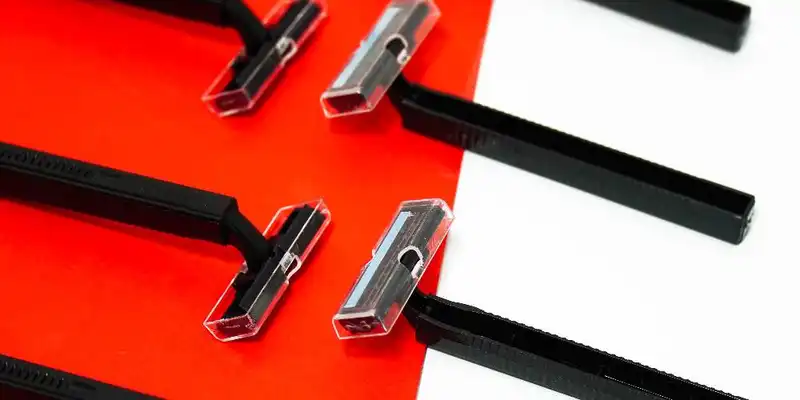Captive Product Pricing- What Are the Pros and Cons?
Captive product pricing increases sales of several products by offering core and accessory items that require each other for full use.
Within the captive pricing strategy, core products usually require a one-time purchase of relatively low value. However, to use the core item, the product must be accompanied by high-profit accessories, which often require repetitive purchases. These accessories are termed captive products because they are necessary for the core item to function, creating a high demand for all goods involved.
For example, a customer can buy a Keurig coffee machine at a relatively low price. However, the consumer also needs to buy the pods in order to use the machine. Here, the Keurig is the core product that needs captive products to operate. While the initial purchase may have been low, in the long run, the consumer spends more due to the other necessary products.
Before implementing this pricing strategy, businesses should observe the pros and cons as well as common methods and real-life examples of captive product pricing.
Pros vs. Cons

The logic behind this method is to attract customers to the lower-priced core product to generate profits from the added accessories. However, implementing captive pricing has several benefits and drawbacks, including-
Pros
- Increase traffic flow with the core product
- Boost average sales with the new traffic influx
- Expose and sell captive products to increase revenue and profits
- Increase customer loyalty with a specific brand of accessories
- Loyal customers will become exposed to other products, ultimately increasing the sales of unrelated high-profit items
Cons
- In the long run, customers may become unsatisfied that they have to purchase captive items repeatedly
- The high prices of the accessories can hurt the brand's identity and lead to a loss in sales
- Companies must continually offer new and upgraded captive products to maintain sales and revenue from the core product line.
Examples of Captive Product Pricing in the Real World

The captive product scheme is pervasive in retail businesses because the complementary items exponentially cover the smaller profit margin from the base product. Some common examples of captive pricing include-
1. Razors
Customers may notice that even buying a razor requires multiple purchases. Retailers sell the razor handle as the main product at an initial rate. However, customers then need to purchase a razor blade or cream to complete their orders, increasing their transaction amount.
These types of captive items have short product life cycles, increasing the need to buy such accessories. While some companies offer disposable razors that can be purchased as one unit, they lack in quality. In this way, the captive product model increases the company's sales and revenue.
2. Video Games
A console is the core item when purchasing video games and is useless without the necessary accessories. Not only do the customers need to buy the games, but they also need controllers, batteries, and headsets to actually play.
Selling video games is lucrative because loyal customers are always buying new games and wanting the latest console. These types of captive products create an endless cycle of demand.
3. Printers
Some printers are offered at a relatively low rate. However, consumers can't print anything by purchasing just a printer. Captive items such as paper and extra ink are essential to using the base product. Unless the printer is damaged, the base product is usually a one-time buy, but the additional items continuously need replenishing.
4. Amusement Parks
The captive pricing method can also be applied to services. Theme parks are prime examples of additional purchases behind the main product. At an amusement park, the guests recognize that they need to buy a ticket to access rides.
However, some rides and activities can require additional costs. Then, of course, guests may need to purchase beverages and meals throughout the day. Additionally, some amusement parks have gift shops where people can purchase their photos from rides or buy souvenirs. When combined with parking and lodging expenses, the cost of attending an amusement park far exceeds the cost of a single ticket.
5. Cell Phone Companies
Most people in the U.S. today own cell phones and understand the direct cost of operating it. Still, companies lure people into buying plans by offering exclusive deals on the physical phone in exchange for the lucrative phone plan.
In this case, the cell phone is the base product, and the plan to allow calls and operations is the captive product. Cell phone companies can also offer accessories such as phone cases, headphones, or other devices that complement the phone to drive their profits.
Why Businesses May Want to Increase Their Prices
Success from implementing captive product pricing relies on the items that enhance the use of the base product. Therefore, businesses can increase their profit margins by increasing the costs of captive products. Changing the prices of goods and services can be applied by-
- Raising Prices - Increasing product and service price tags can boost profit margins. Companies may raise their prices due to increased vendor costs, or warehousing and holding fees. As inventory costs rise, businesses must be able to adjust their prices to supplement the expenditures.
- Strategic Change - Stores may also raise prices as part of their long-term strategy to boost profits. Businesses wishing to rebrand themselves as a high-quality provider can raise their rates to match their new identity. However, companies that once presented themselves as economic must explore extensive marketing ventures to persuade customers of their new focus on quality.
- Market Trends - Consumer trends come and go, causing market demand to fluctuate. Therefore, businesses need to have flexibility in their pricing strategies to change with market trends in order to optimize their profits.
Replenishment systems allow management to search for stock through local supplier catalogs to find the most economical choice. Access to this information will enable companies to limit their spending on inventory purchasing and offer consumers the most attractive prices, increasing satisfaction and sales.



